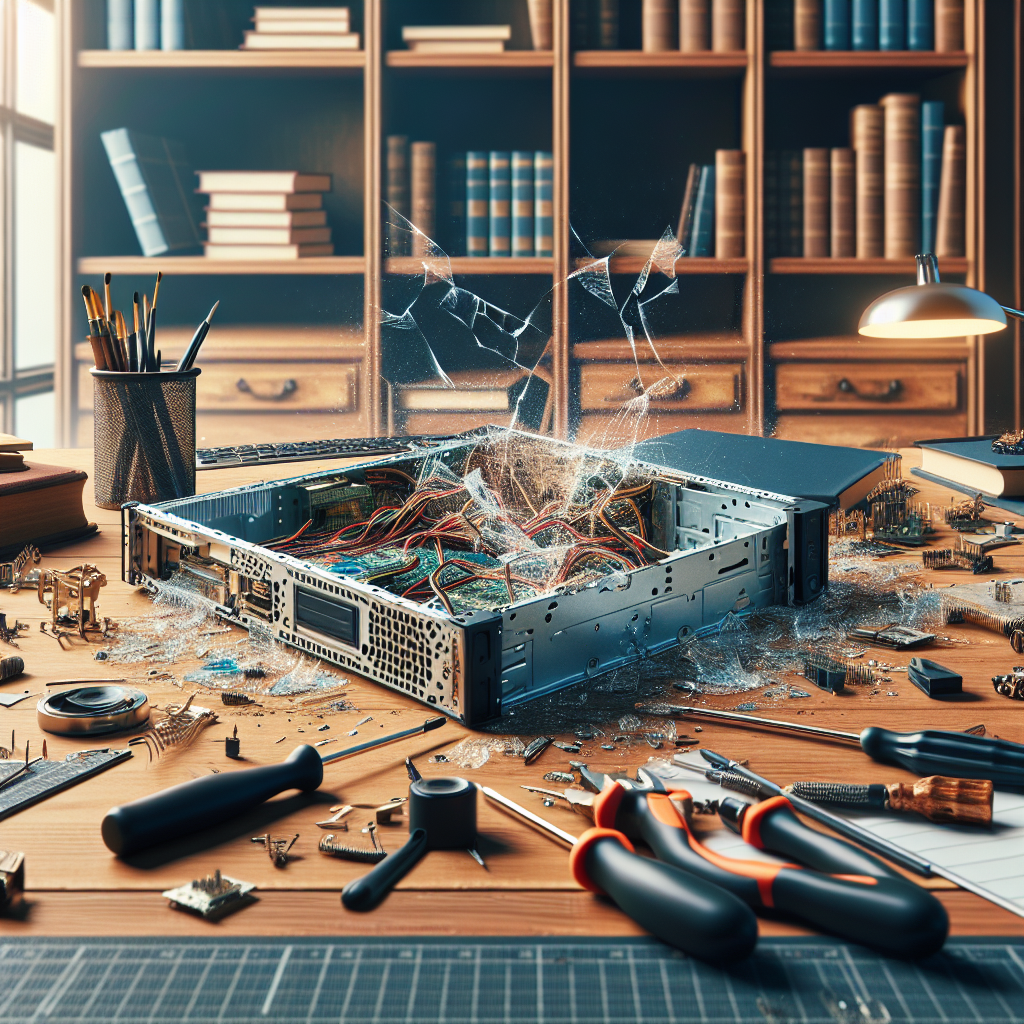Introduction
In today’s digital age, a computer is an essential tool for both personal and professional use. It contains valuable data, documents, and memories that we cannot afford to lose. However, accidents happen, and a destroyed computer can put all that information at risk. In this guide, we will explore the necessary steps to take when faced with a destroyed computer and how to protect your data.
Assess the Damage
The first step is to assess the extent of the damage. Is the damage physical, such as a broken screen or a water spill, or is it a software problem? Understanding the cause and nature of the damage will help you determine the best course of action.
Backup and Recover Data
If the computer is still functioning or partially functional, your priority should be to backup and recover your data. Connect an external storage device and transfer all important files, documents, photos, and videos. You can also seek professional help to recover data from a severely damaged computer.
Seek Professional Assistance
If you are unsure about the extent of the damage or lack the technical expertise to handle the situation yourself, it is advisable to seek professional assistance. Contact a reliable computer repair service or the manufacturer’s support team for guidance.
Consider Repair or Replacement
Based on the assessment of the damage and professional advice, you can decide whether to repair or replace your computer. Some damages, such as a broken screen or faulty hardware, can be repaired. However, if the cost of repair outweighs the value of the computer or if the damage is irreparable, investing in a new computer might be the better option.
Securely Dispose of the Destroyed Computer
When disposing of a destroyed computer, it is crucial to securely wipe all data to prevent any potential privacy breaches. Use data erasure software or physically destroy the hard drive to ensure that no sensitive information remains.
Protect Your Future Data
To avoid a similar situation in the future, make sure to implement preventive measures. Regularly backup your data to an external storage device or utilize cloud-based backup services. Install reliable antivirus software and keep it up to date. Also, consider investing in a surge protector to safeguard your computer against power surges and electrical damage.
Conclusion
A destroyed computer can be a stressful and worrisome situation, but by following these steps, you can minimize the potential loss of data and protect yourself from future incidents. Remember to assess the damage, backup and recover your data, seek professional assistance when needed, and securely dispose of the destroyed computer. By taking proactive measures, you can safeguard your valuable information and continue using your computer with peace of mind.

